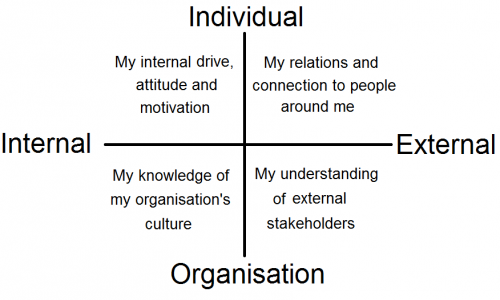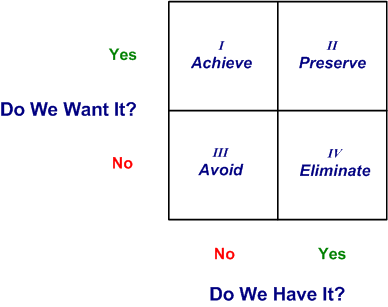
They scare the living daylight out of me those roller coasters.
Intellectually I understand that they are safe, probably safer that taking a taxi to the airport, statistically… but still. It’s always been like that, so maybe in a previous life I was traumatised by a roller coaster gone wild. Anyway that is not the point of this final blog post of the year. The reason I mention it is because paradoxically this year I have seen more incredible roller coasters and heard more delighted shrieks from thrilled crowds than at any time previously in my life. More on that in just a minute.
Yes I am in a reflective mood.
You see, technically, this week is just like all the other weeks, but somehow in our mind it’s quite special. It marks an ending and a new beginning and we all get in this mood of yearly review and even more importantly setting new bold goals for the coming year.
All my lovely blogging colleagues are probably bombarding you with: The ten best books you should have read, the eight new trends that you must understand or (flavour of the year) the twelve point action plan that will make this your best year ever!
So why the roller coasters?
Well believe it or not, this was the year that I got to spend considerable time in amusements parks!
Seriously!
As always I have been doing work with my loyal gang of regular hotel clients, but I also got to spend time at Efteling in Holland introducing the Service Profit Chain for IAAPA. In Copenhagen, we introduced a new approach to leadership development at Tivoli gardens and I had the honour for 16 weeks to take a group of seriously enthusiastic managers from Liseberg in Gothenburg through the GROW leadership program.
So what am I learning?
I think my key takeaway this year has been confirmation that at the end of the day, being a great manager is deceptively simple on the surface, and incredibly hard to do well in practice. It’s like juggling. You see the guy rotating 5 oranges in the air and you think: “That’s neat. I can do that.” You pick up the oranges and you understand that there is a gap between knowing and doing.
The 5 oranges of management that you need to juggle have been elegantly formulated by the Gallup organisation based on their extensive research of hundreds of business and managers.
Great managers have these talents/skills/abilities:
- They motivate every single employee to take action and engage them with a compelling mission and vision.
- They have the assertiveness to drive outcomes and the ability to overcome adversity and resistance.
- They create a culture of clear accountability.
- They build relationships that create trust, open dialogue, and full transparency.
- They make decisions that are based on productivity, not politics.
That’s it! But again this is just more information, and I am sure you don’t need more information.
What you need is probably execution, the HOW part.
So that brings me to next year. Early 2017, we will be launched the Team Leader’s Toolbox – a training program aimed at helping busy mangers learn quickly how they juggle their ‘oranges’.
We have been exploring this theme of Leadership and Management over the year on the blog as well and if you missed some of the posts you can download a compilation in the form of ebook HERE.
Thank you for reading my blog. If there is anything you would like to see more (or less) of next year, don’t hesitate to drop me a line. I love hearing from my readers.
_________________________________________________
This post is one of a series where we are exploring the notion of leadership and how this is different from management. Our starting point is the Service Profit Chain and the understating that the management part of our job will only take us so far. If we really want to create an organisation that is capable of delivering outstanding customer experiences, we need to develop an organisation that delivers outstanding employee experiences – and that requires leadership. You can check out other articles of the series below:
- Are you an inspiring leader to work for?
- What does it require to be an inspirational leader?
- The something for something system is at the heart of the uninspiring workplace.
- How is team management different from team leadership and why should I worry?
- Teams are organic systems, and therefore, by definition unstable.
- How you can help you team manage their states
- Do you understand the stages that your team goes through?
- What the h… went wrong?
- Who gets the last chef?
- Progress drives engagement – So how do you focus on progress?












